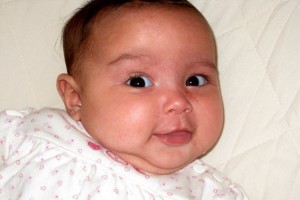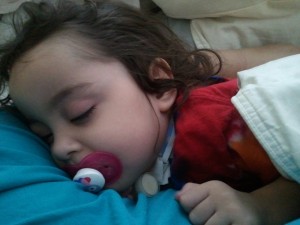Reprinted from the RareDiseaseBlogs.net:
The summer of 2010 saw remarkable activity related to the development of treatments for rare diseases. The U.S. Food and Drug Administration hosted a two-day public hearing for patient advocates, industry, academic researchers and others to voice their views on current procedures and possible ways to improve them.
The Senate HELP (Health, Education, Labor and Pensions) Committee also hosted a hearing, this one focused on rare pediatric diseases and how to accelerate the development of treatments for them.
New legislation introduced in the U.S. Congress this summer included two bills specifically related to rare diseases—one to remove a roadblock that might keep financially strapped patients from participating in clinical trials (the Improving Access to Clinical Trials Act), and the other to enhance incentives for development of drugs and biologics for children with rare diseases (the Creating Hope Act).
These events and actions might seem small and random to some, but I believe they may signal that orphan product development is approaching a “tipping point”—a point at which change becomes inevitable. And with rare diseases, where only about 200 of the nearly 7,000 known diseases have treatments, and many are not even being studied by researchers, change is a good thing.
Consider other current and upcoming events:
- A Rare and Neglected Diseases Caucus has just been launched in the U.S. Senate.
- FDA and NIH, with the help of NORD and Duke University, have created a Rare Disease Investigator Training Course to be offered for the first time in October. The course was “sold out” almost immediately after it was announced.
- NORD hosted focus groups of key stakeholders and found tremendous interest in rare disease research if appropriate ways could be identified to increase transparency and de-risk the process.
- FDA created an Assistant Director position to focus specifically on rare diseases in its Center for Drug Evaluation and Research.
- NORD in the U.S. and EURORDIS in Europe announced a partnership to encourage and facilitate global thinking among patients.
- Several “big Pharma” companies including Pfizer, Novartis and GSK have recently announced their intention to expand involvement in the rare disease space. While innovative small biotechnology companies should be applauded for all they have done to date, patients also welcome the interest of these larger pharmaceutical companies.
Malcolm Gladwell, who made “tipping point” a household word with his book (The Tipping Point: How Little Things Can Make a Big Difference) published 10 years ago, wrote that in any situation, 80 percent of the work will be done by 20 percent of the participants. These 20 percent, he wrote, are people with enormous gifts for communicating and inspiring.
They are also people who are driven by an overpowering sense of the importance and rightness of their cause. And that’s certainly true of those who are promoting progress in orphan product development on the scientific, advocacy, and regulatory fronts today.
I believe we may be approaching a tipping point in rare disease research and orphan product development. And, if that’s true, it’s wonderful news for the millions of people who have rare diseases for which there is currently no treatment.



 I got a lot out of just our two sessions with Tracy so far. 1] I need to find a very low bench that Hannah can sit non-W style with toys in front of her. Something like this. Of course, there is no way I would spend that much money on a little bench, but it should be so easy to make. Just some wood, covered with foam and then vinyl padding. So I told Daddy he has a project for the new year. Do the wood frame, and I can do the rest!
I got a lot out of just our two sessions with Tracy so far. 1] I need to find a very low bench that Hannah can sit non-W style with toys in front of her. Something like this. Of course, there is no way I would spend that much money on a little bench, but it should be so easy to make. Just some wood, covered with foam and then vinyl padding. So I told Daddy he has a project for the new year. Do the wood frame, and I can do the rest! Also, I need to focus on getting Hannah toys that force her to get either up on her knees (like a meercat), stand (with assistance) or can be played with criss-cross legs, such as this one (which her nurse told me NOT to get because that is what she wants to get Hannah for Christmas).
Also, I need to focus on getting Hannah toys that force her to get either up on her knees (like a meercat), stand (with assistance) or can be played with criss-cross legs, such as this one (which her nurse told me NOT to get because that is what she wants to get Hannah for Christmas).


Latest Comments